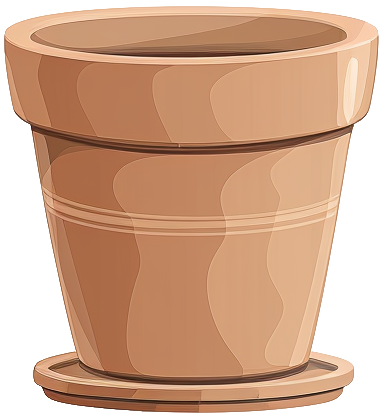- rhaphidophora
- tetrasperma

rhaphidophora
tetrasperma
tetrasperma
Care level
Easy
Popularity
Star
This fast-growing climber produces delicate, lacy leaves with deep splits that look like tiny versions of its larger tropical cousins. Despite its dainty appearance, it's actually quite tough and can quickly create a stunning display as it races up a moss pole or trellis, with each new leaf emerging bigger than the last.
Care & maintenance
Light
Bright light, usually located near windows but doesn't receive direct rays for more than an hour during the day.
Temperature
Warm (60.8°F - 89.6°F)
Fertilization frequency
Moderate
Monthly during the growing period.
Soil
Choose a Tropical plant mix: A rich, moisture-retentive blend with good aeration. Mimics the natural forest floor environment of tropical regions.
If you want to create your own substrate, you can make a mixture of the following soils:








Click on the soil name for more information.
Pot

Standard size
Prefer a pot with a classic width/depth ratio.
Incorrect or incomplete information?
In our goal of building the best plant database, we sometimes make mistakes or have incomplete information. You can help us fill these gaps!
Features
Size & growth
Medium
Climbing
Rapid growth
This plant grows rapidly. It can reach 1 to 3 feet in height or spread.
It grows upwards by attaching to supports or winding around them.
Toxicity
| Cat | |||
|---|---|---|---|
| Dog | |||
| Human |
Reproduction & propagation
Fruits & flowers
Flowering & not self-pollinating
The rhaphidophora tetrasperma can produce flowers and therefore fruits.
This plant is not capable of self-pollination, it will not be able to produce fruits if it is not pollinated by another individual.

